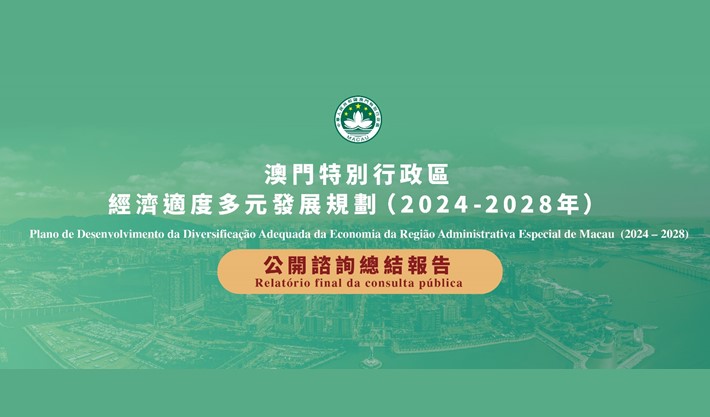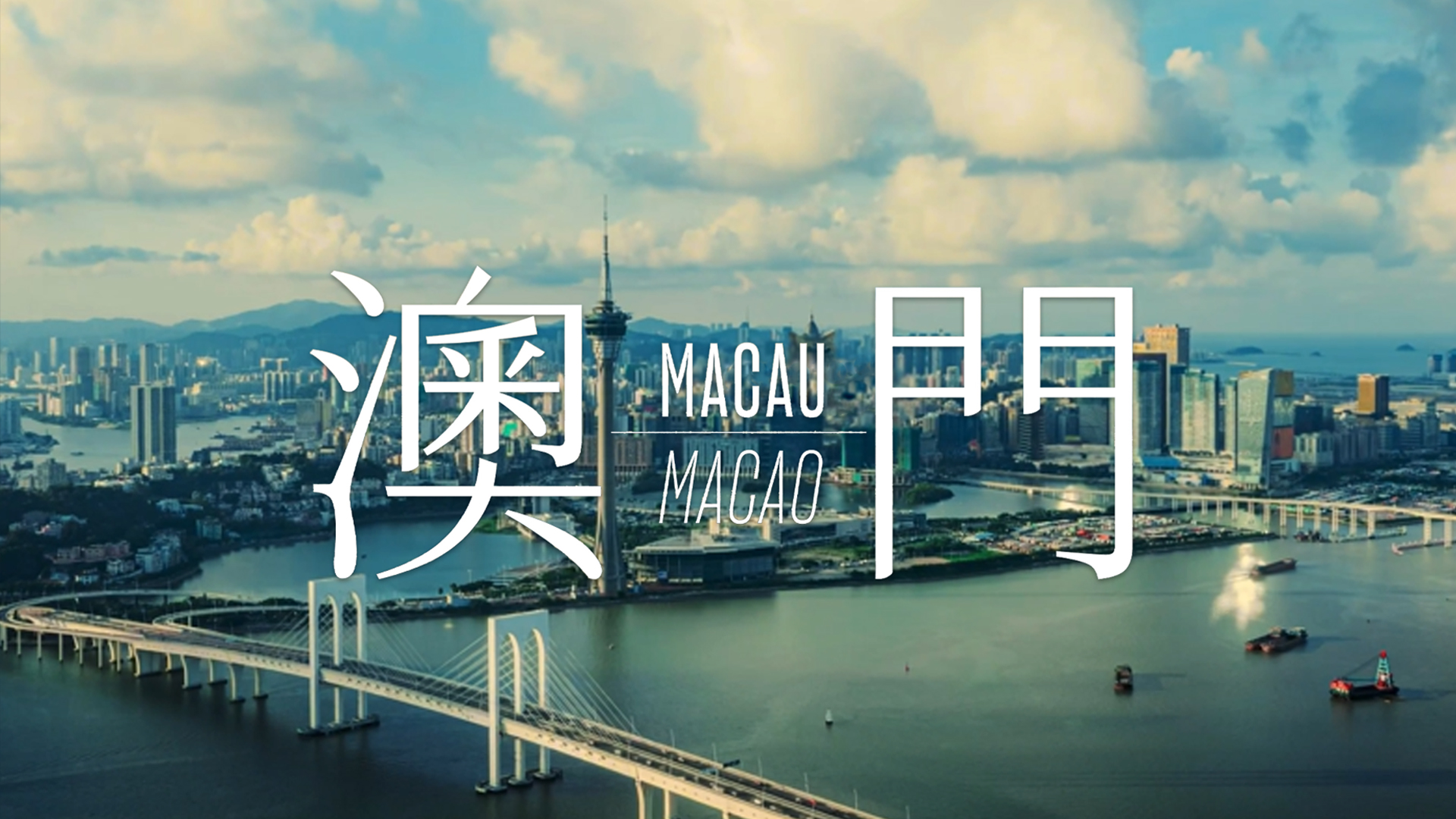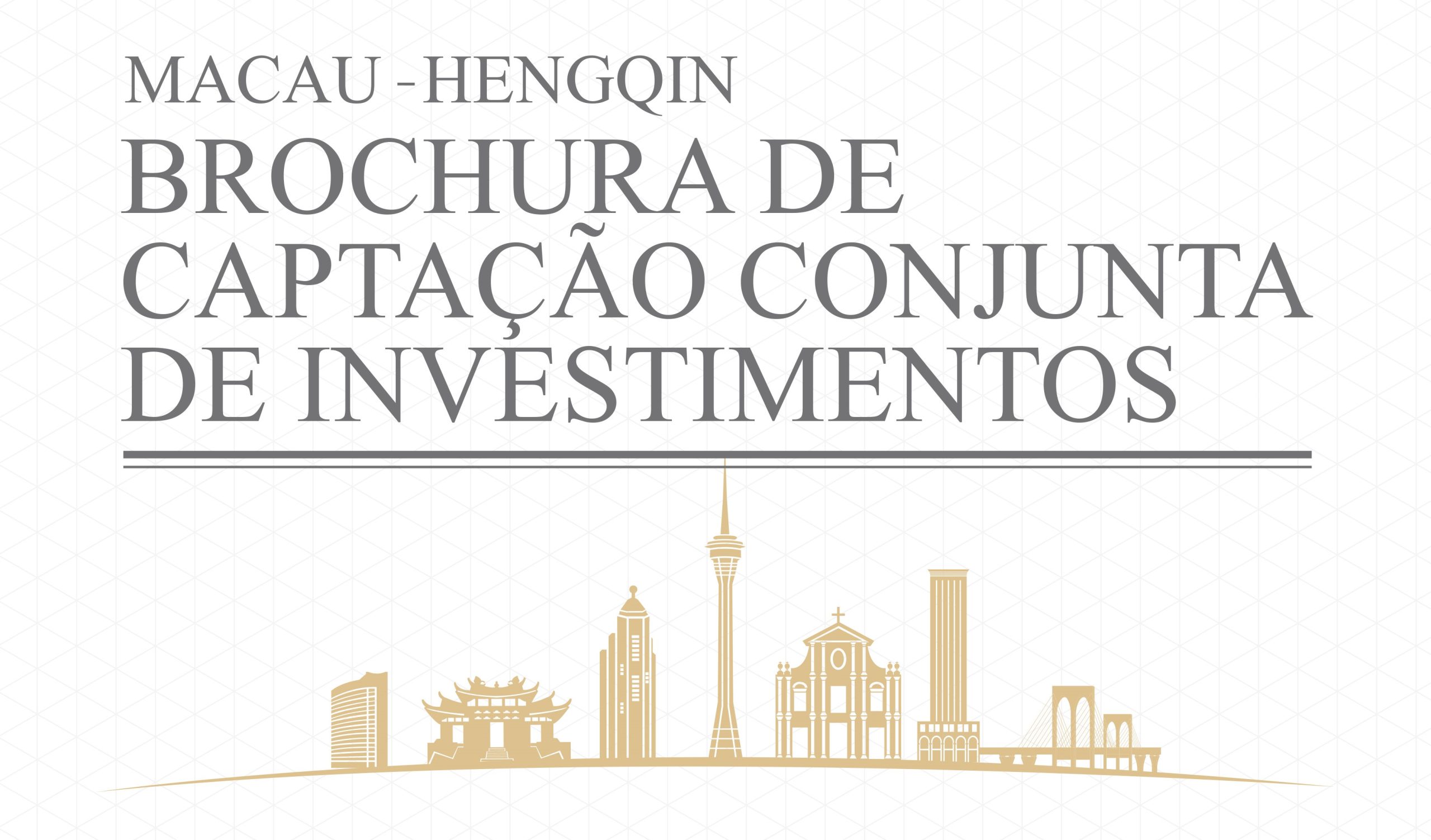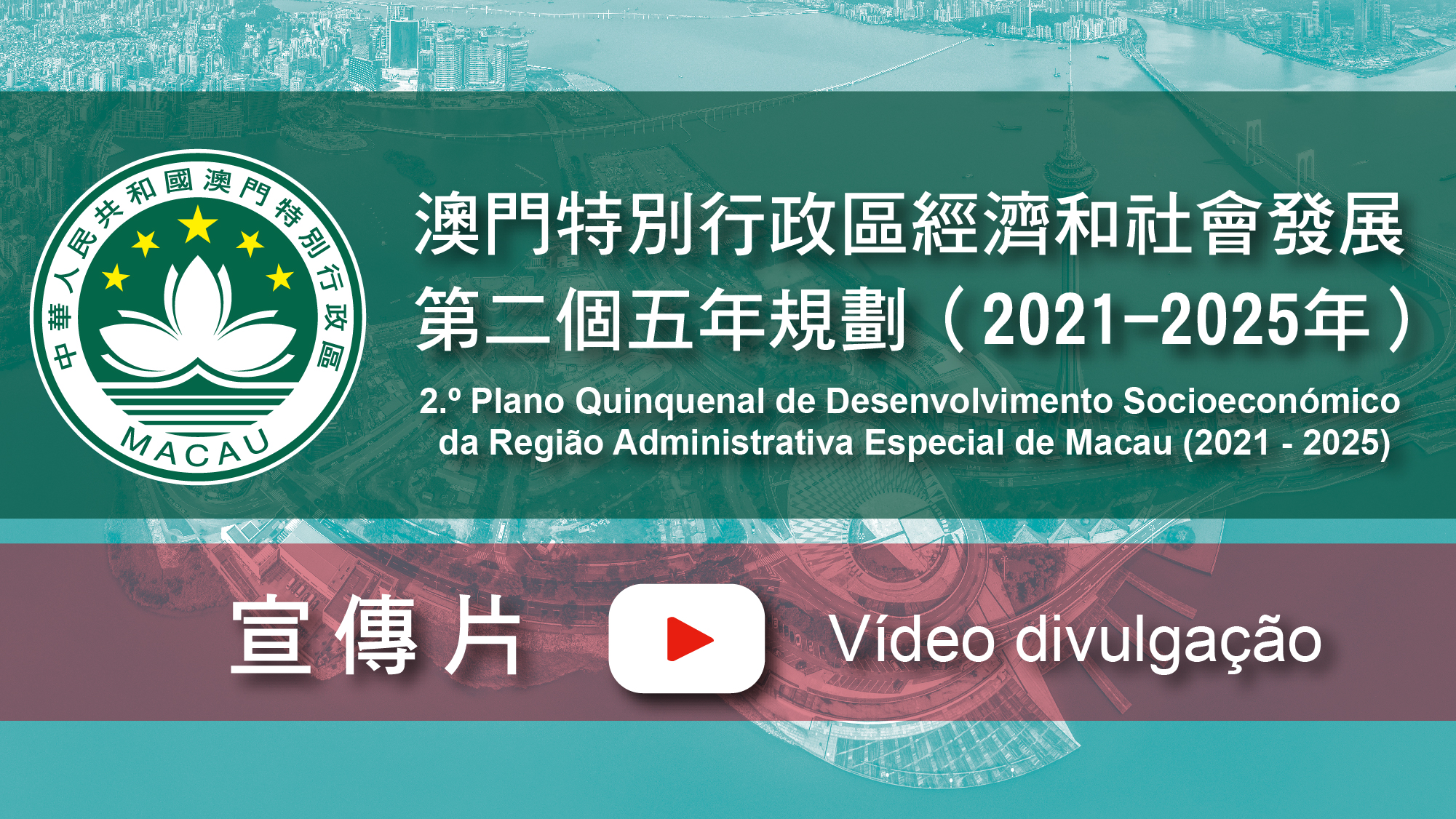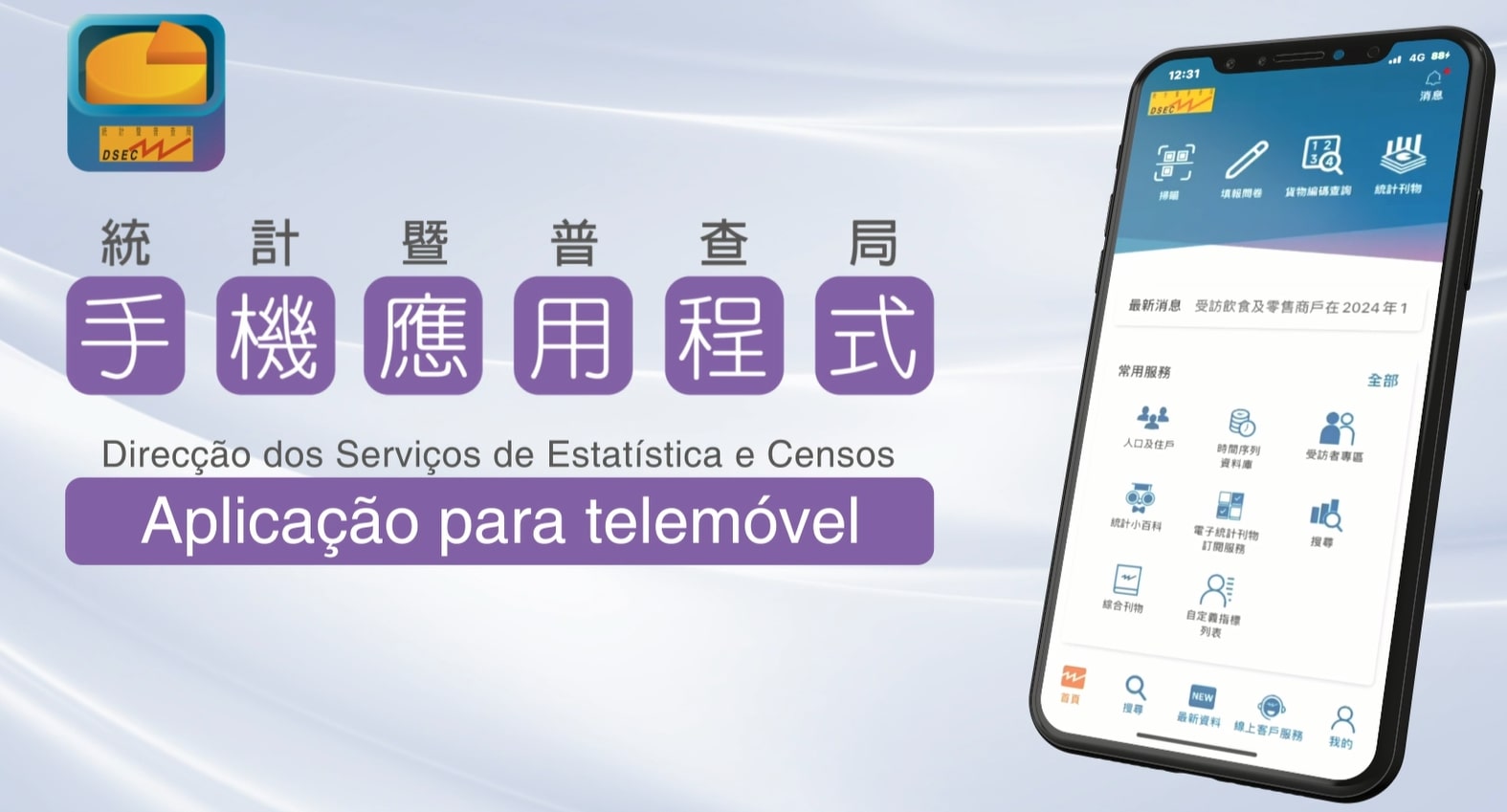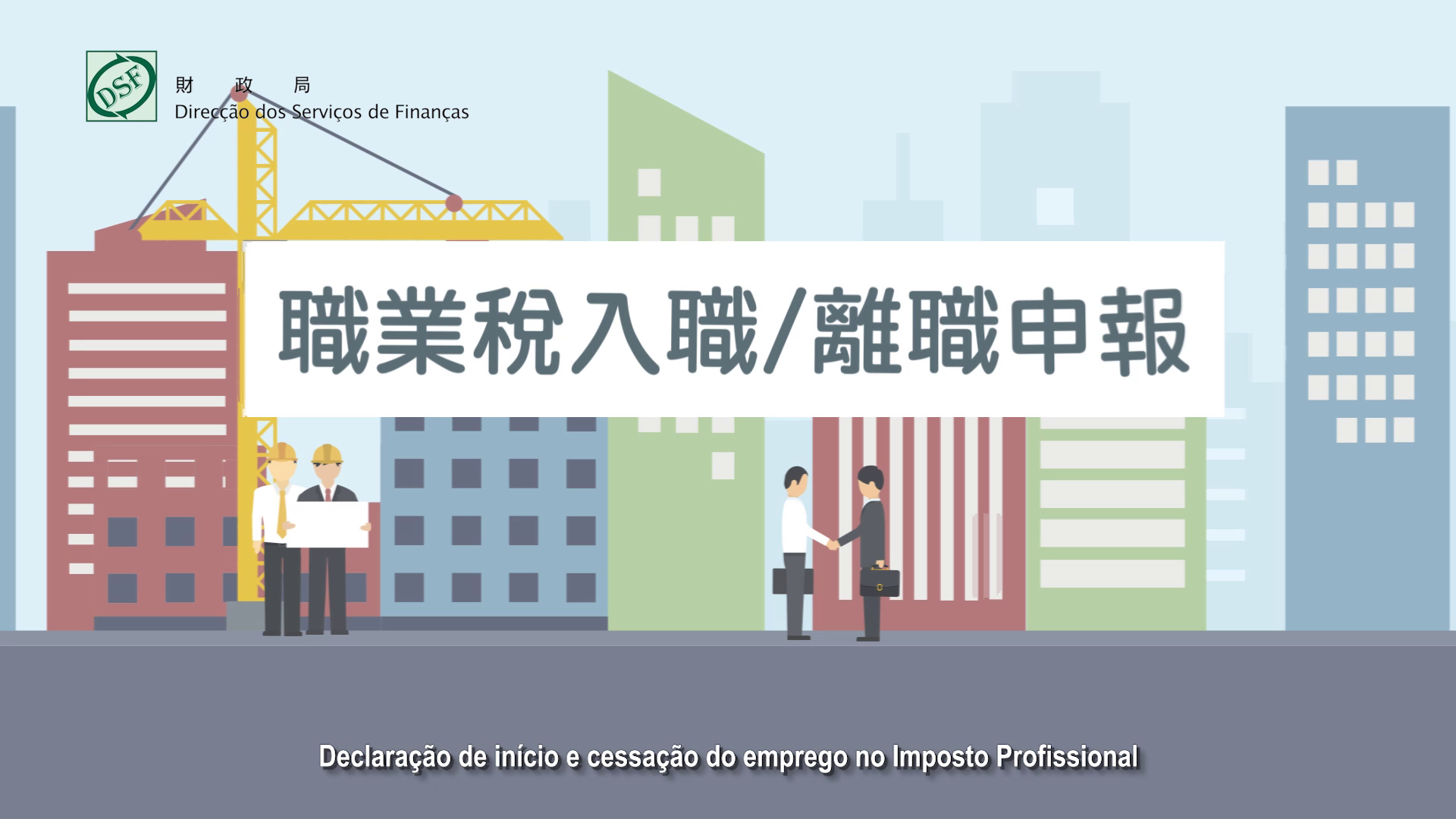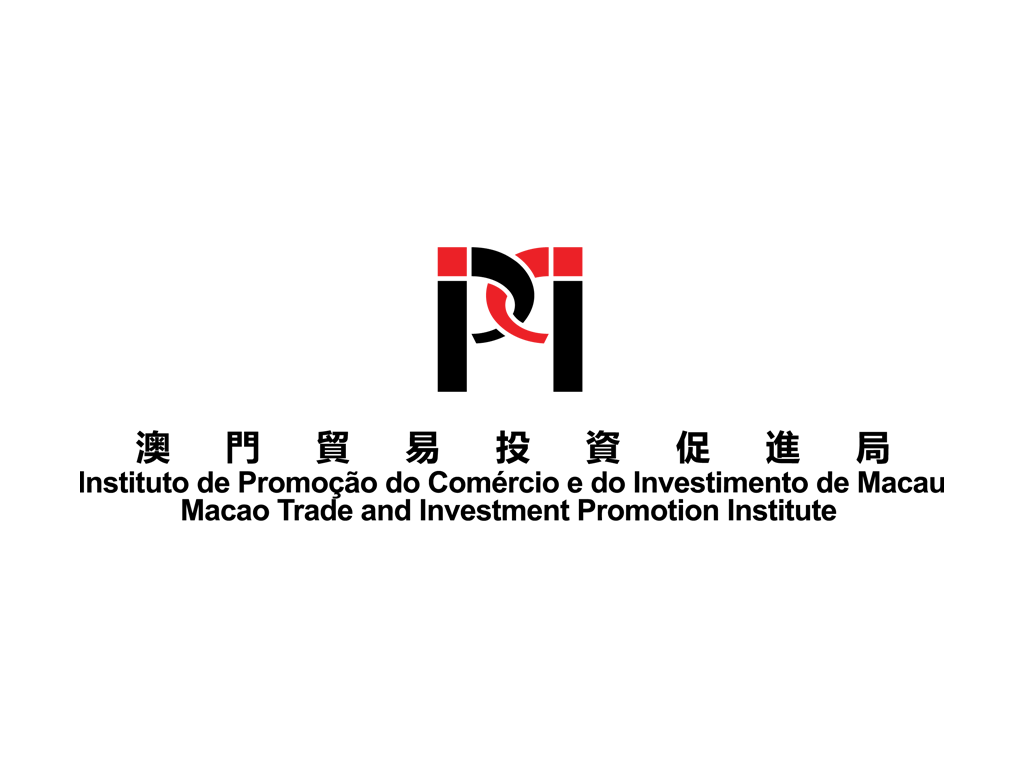Pesquisar
Business competition in the 21st century is getting fierce. In recent years, foreign-funded enterprises have been successful in gaining a foothold in Macao, giving local enterprises greater competition to face, however this has also brought about greater motivation for them to develop in to a stronger force. Local enterprises are mainly small and medium-sized enterprises and family run businesses. The key to strengthening and development lays in strategy and its implementation. Strategy can be worked out by combining scientific theory and experience with the actual conditions; implementation depends upon the leaders’ determination and effort.
This article presents the principles of family business administration, strategic alliances and strategy of establishing brands for SMEs for reference, in the hope that it enlightens local enterprises.
Our Institute (IPIM) has always been active in supporting SMEs, providing information on business opportunities, subsidising enterprises to participate in economic and trade events all over the world, especially exhibitions and fairs, helping to expand local and overseas markets and encouraging them to set up strategic alliances.
1. FAMILY BUSINESS ADMINISTRATION PRINCIPLE
- Research by America\’s “Business Weekly” shows: In Standard&Poor\’s 500 index, there are 177 family enterprises.
- According to research of European family enterprises made by Thompson financial advisory: In the stock markets of France, Germany, Italy, Spain, Switzerland and the UK, large-scale family enterprises are developing and growing.
Family enterprise: According to Donnally, Professor in Harvard University, means that there are at least two generations of the same family participating in the management of the enterprise and the management by the two consecutive generations results in a relationship of mutual influence between company policies and family interests and goals.
DRUCKER’S FAMILY BUSINESS ADMINISTRATION PRINCIPLE
Regarded in management research circles as the “Father of Modern Management”, the famous American management expert Peter F. Drucker considers that there is no difference in all functional aspects between general enterprises and family ones, but family enterprises should strictly observe special principles of management:
- Members of the family should not generally work in the enterprise.
- High level appointments should not be given to members of the family.
- Professionals from outside the family should be appointed to the relevant posts.
- Managers recruited outside the family should enjoy a sense of proprietorship. This can be through implementing incentive measures, such as the allocation of shares and granting stock options, especially, senior professionals should enjoy the same recognition as family members in terms of remuneration and position.
- Look for a good arbitrator: Let an outsider (non family member, not a member of staff) solve the problem of succession, so as to avoid trouble or break down of the administration level.
The above-mentioned 5 principles are the results of extensive research and study made by Peter Drucker.
The success of DuPont and Levi’s has strongly proved Peter Drucker’s doctrine.
2. STRATEGIC ALLIANCE
- Strategic Alliance, also known as the alliance strategy, became one of the most important strategies in western enterprises in the eighties during the last century.
- As stated in “Market liberalisation and the formation of the League of Nations”: Some Mexican companies using strategic alliances have set up business in the U.S.A. or exported to the U.S.A. and South America markets, and some have formed partnerships with American companies to invest in Russia.
Strategic Alliance: Is a partnership established by different enterprises aimed at reaching a certain strategic goal.
FORMS OF CO-OPERATION
Mainly include: Joint R&D, technology exchange, equity investment, contract of supply (also known as customer-supplier relationships), unilateral technology flow. Co-operation is often based on the forms mentioned above, by applying more than one form, because it is very difficult in practice to divide and sort out precisely. However, the common points of these co-operation forms are contracts, options and flexibility.
GENERAL STEPS TO ESTABLISH STRATEGIC ALLIANCES
- Work out a strategy. Usually this includes environment analysis to define the company\’s present and future advantages and disadvantages in the current economic climate and future trends; Study market opportunities for the company; verify operation resources; then establish a long-term goal and a plan of action.
- Choose an alliance partner. According to the principle of “joint economic effect” by complementing and sharing resources, analyse the characteristics of the various potential partners and choose a strategic partner. Strategic partners are usually divided in 4 types:
a. Competition type partner.
b. Complementary partner.
c. Customer type partner.
d. Supply type partner. - Contract negotiation. Having confirmed the co-operation partner, the parties immediately discuss goals, expectations and obligations, and once a consensus has been reached, detailed rules and regulations of the alliance can be formulated and a contract signed.
MANAGEMENT OF THE STRATEGIC ALLIANCE
- Each party has its own General Management which then forms a Joint Co-ordination Committee, to oversee the progress and effects of the co-operative project, revising and correcting each side\’s technological input, rules and regulations commonly enjoyed and solving conflicts and contradictions raised during co-operation.
- The administration group is the co-ordinator of the co-operation project. Normally it is made up of representatives from each side, who are engaged in fixed duties.
- Joint R&D and production Unit: Different units will be formed by production and technical staff from each side according to their professional specialty and advantages but a single unit can be formed by staff from all parties that signed the contract.
3. BRAND CREATION BY SMALL AND MEDIUM-SIZED ENTERPRISES
- Peter Drucker said, enterprises could only control costs but could not generate revenue. Only after it is purchased by a customer will it generate revenue. Whether customers will purchase, shows the power of the brand.
- A research organisation in Europe carried out an interesting experiment. They poured Carlsberg into an unmarked beer bottle and poured the unmarked beer into the Carlsberg bottle, then let customers try the two. What shocked people was that all of them said the beer in the Carlsberg bottle tasted better than the Carlsberg that was in the unmarked bottle and the real Carlsberg that was placed in the unmarked bottle tasted bad, even making them wanting to throw up. This example shows, the value of a brand is far beyond its material aspect, it includes culture. The culture of brand affects consumer\’s thinking and creates the value of brands.
Brand: It is a complicated symbol; it is an invisible aggregate, including the quality of the product, its name, packaging, price, history, popularity and the forms of advertisement.
BRAND POSITIONING
According to Trout’s positioning theory, people can remember more easily the “first” of a certain kind of things, this “first” will be remembered and it will be the perception of that category.
- Looking at business categories:
“Leader in sales volume, the largest”; “first brand which enters the market”; “most users”, among others. - Looking at the market share:
“Quality is the most reliable”, the “highest quality, most expensive”, “the lowest price”, “the best design”, “most functions”, “the single function is optimum”, “have a distinctive character”, “the best service”, among others - Looking at the enterprises:
“Strong in innovative ability”, “The team is outstanding”, “most comprehensive strength”, among others.
BRAND PROMOTION
- The first stage: when the brand is newly created, the main task is to improve brand awareness, telling people “What is the brand?” “What is the advantage of the product under the brand?” At this stage, the brand is functional in creating its segment. The SME\’s enterprises brands are newly established and mostly in the first stage.
- The second stage: the growth stage of the brand – the main task is to raise the influential power of the brand, especially developing a good reputation, telling people “What is outstanding about the brand?” At this stage, the brand gains approval and favouritism in a customer\’s mind. Like Nike\’s Chinese tagline: “No matter what the result is, success is everything”.
- The third stage: brand maturity, the main task is to consolidate the influential power of the brand, turning it into regional or international culture, telling people “what the brand represents in the concept of that culture, its national characteristic, its national thought”. Such as Coca-Cola, which after representing itself as the personification of the American Dream it changed it\’s brand slogan in China to “enjoying a comfortable life of my own” and “Catch the feeling”.
Advertising is indispensable for the establishment of a brand, and the use of public relations, planning public relations exercises at social events, has realistic value for the expansion of brand awareness.
4. HELPING MACAO’S SMES TO OPEN-UP MARKETS
Either enterprises are developing independently or in the form of co-operation, internal management is important, it is also equally important to open up to external markets for products and service.
Our Institute has always made the effort to support local SMEs, providing business opportunity information to enterprises, encouraging enterprises to set up strategic alliances, especially helping them to establish links with overseas counterparts, assisting them to promote themselves abroad and expanding international markets.
- PROMOTING MACAO\’S ENTERPRISES
Our Institute publishes “Macao Image” biannually, which is circulated to more than 100 countries around the world. The two sections “Made in Macao” and “Enterprises” have always introduced and promoted local enterprises. - THE MACAO BUSINESS SUPPORT CENTRE
For member enterprises, the Centre provides free shelf space to display advertising materials, trade and business information and space for holding various kinds of meetings, introductions, business matching, exhibition activities, and by holding events, such as introductions, business matching and exhibitions, among others, a platform is formed for enterprises to exchange and create partnerships. - MACAO ENTERPRISE SERVICE CENTRE
The members of Macao Enterprise Service Centre receive, at intervals, free economic and trade publications and information on our Institute, it provides a channel to communicate with overseas enterprises while taking advantage of more information on business opportunities. - BUSINESS MATCHING
Our Institute provides an online business matching service platform, trade and investment project database and investment co-operation corner, for local and overseas enterprises to search co-operation partners using Macao\’s trade and business platform. - MAINLAND CHINA BUSINESS ADVISORY SERVICE
The Mainland China Business Advisory Consultant in Macao Business Support Centre provides a consultation service on China\’s law and regulations, advice on business operations, following up of Macao\’s enterprises investment projects on the Mainland, among others. - ENCOURAGE LOCAL ENTERPRISES TO ESTABLISH STRATEGIC ALLIANCES AMONG THEMSELVES OR WITH OVERSEAS ENTERPRISES.
During the visits of Mainland China delegations, our Institute invites, according to the business area of the visitors, local representatives to exchange views between them, encourages local enterprises to utilise IPIM\’s business matching service and the Macao Business Support Centre to carry on various kinds of exchanges in order to open up the huge Mainland and overseas markets. - ORGANISE AND SUBSIDISE MACAO ENTERPRISES TO EXHIBIT AND PROMOTE THEMSELVES ABROAD
1. Provides full subsidies for exhibition space and design charges;
2. Provides freight subsidies for the transportation of 20 kilogrammes
of exhibition products;
3. Provides subsidies for 50% of the cost of return tickets (maximum
of two) - SUBSIDISE MACAO\’S SMES TO EXHIBIT IN THE 12TH MIF
The 12th Macao International Trade and Investment Fair (MIF) will be held in the Venetian Macao Convention and Exhibition Centre from 18 – 21 October this year. In order to encourage local enterprises to take an active role, our Institute is launching a special subsidy for Macao\’s SMEs to participate in the Fair:
Application requirements:
1. Registered with Macao Finance Bureau for at least 2 years and no tax arrears.
2. Macao resident has at least 50% of the company shares or holdings
3. The total number of employee in Macao is less than 100
For futher details, please contact Mr. Mathew Leong of Promotional Activities Department on Tel:87989141, Fax: 2859 0309.
Our Institute hopes that with this support Macao SMEs will benefit from the Trade and Business Platform. Macao SMEs are welcome to expand their business opportunities further through participating in MIF.
Source: www.ceo.hc360.com: “Family Enterprises” “Research on the International Business Alliance Strategy of the Contemporary Western Transnational Enterprises” “How SMEs Create Brands”



